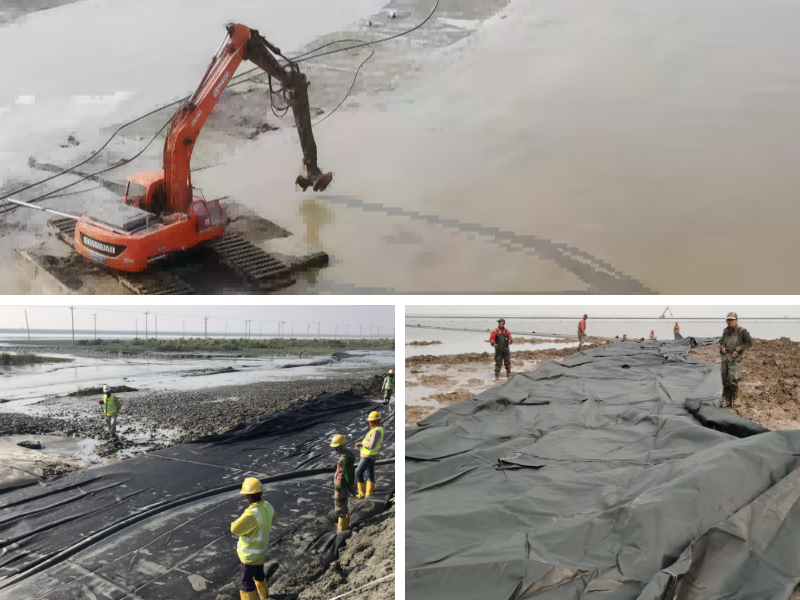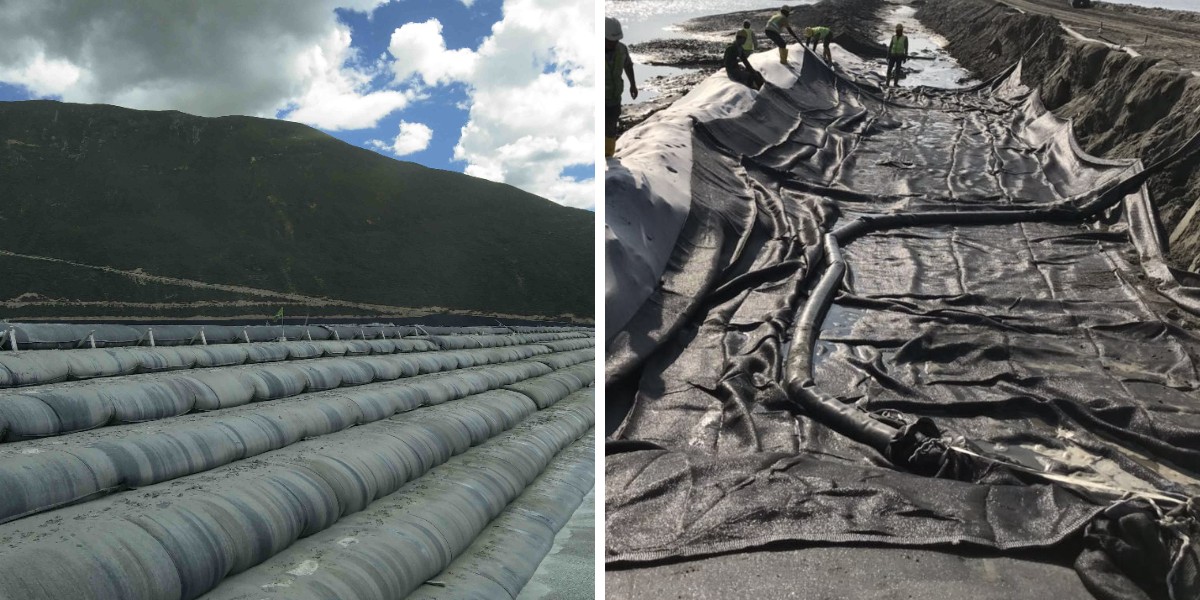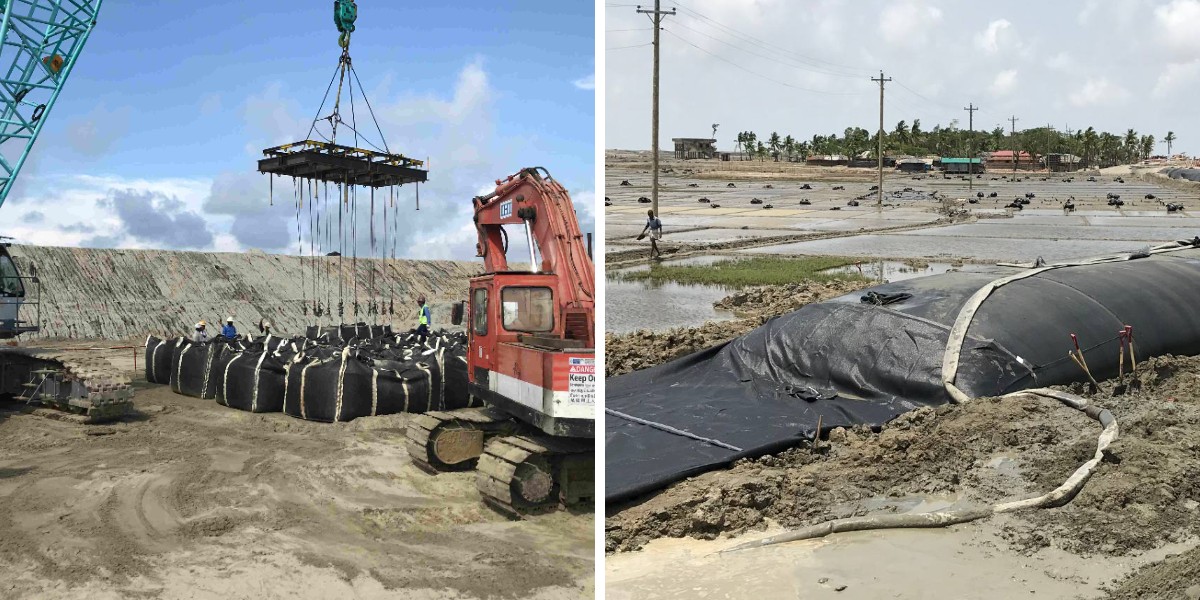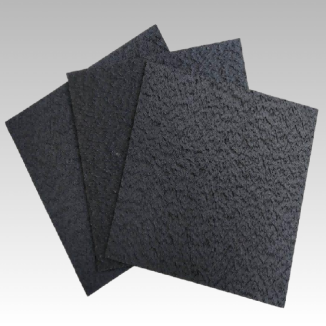Dewatering Bags vs. Drying Beds: Which is More Cost-Effective for Your Project?
When it comes to managing sludge, sediment, or wastewater in construction, mining, or environmental remediation projects, deciding on the proper dewatering answer is key to controlling costs. Two frequent options—Dewatering Bags and drying beds—each provide special benefits, however their cost-effectiveness varies based totally on undertaking size, timeline, and cloth volume. This information breaks down their differences, highlights key considerations, and helps you determine which matches your price range and goals, with insights into Dredging and Dewatering Bags and geotube dewatering fine practices.
What Are Dewatering Bags and Drying Beds?
Before evaluating costs, it’s necessary to apprehend how every answer works—this foundational know-how helps contextualize their long-term value.
Dewatering Bags: Flexible, Portable Dewatering Tools
Dewatering Bags (often along with specialised Dredging and Dewatering Bags for aquatic projects) are porous, high-strength geotextile containers designed to separate water from solids. Made from long lasting substances like polypropylene, they permit water to drain thru their material whilst trapping sludge, sediment, or different solids inside. Dredging and Dewatering Bags are especially engineered for marine or freshwater projects, such as dredging rivers, lakes, or ports, the place they manage wet, heavy substances with minimal website disruption.
Following geotube dewatering fine practices—like desirable sizing, even filling, and strategic placement—ensures Dewatering Bags function efficiently, decreasing the want for transform or extra equipment. For example, overfilling a bag can stretch its fabric, main to tears and steeply-priced leaks, so adhering to fill limits (a core section of geotube dewatering first-class practices) is imperative for keeping off needless expenses.
Drying Beds: Static, Site-Built Dewatering Systems
Drying beds are everlasting or semi-permanent constructions constructed on-site, normally consisting of a layered base (gravel, sand, and a geotextile liner) and perimeter walls. Sludge or sediment is pumped onto the bed, the place water drains thru the layers into a series gadget below, whilst solids dry out over time (often weeks or months) due to gravity and evaporation. Drying beds depend on adequate area and favorable climate conditions—sunlight and wind velocity up drying, whilst rain or excessive humidity can lengthen the manner and prolong venture timelines.
Cost Comparison: Upfront vs. Long-Term Expenses
Cost-effectiveness isn’t simply about preliminary purchases—it additionally relies upon on long-term charges like labor, maintenance, and venture delays. Here’s how Dewatering Bags and drying beds stack up.
Upfront Costs
Dewatering Bags: Upfront fees are normally lower, specifically for small to mid-sized projects. Drying Bags (including Dredging and Dewatering Bags) are pre-manufactured, so you solely pay for the range of luggage you need—no website online excavation or building required. For example, a assignment desiring to dewater 50 cubic yards of sludge would possibly solely require 10–15 standard-sized Dewatering Bags, with prices overlaying the baggage themselves and simple set up equipment (stakes, hoses). Following geotube dewatering fine practices additionally avoids overbuying: with the aid of calculating fabric extent accurately, you buy solely what’s necessary, decreasing upfront waste.
Drying Beds: Upfront charges are notably higher. Building a drying mattress requires excavating the site, putting in drainage layers (gravel, sand), laying a geotextile liner, and developing perimeter walls. These steps demand heavy gear (excavators, loaders) and professional labor, riding up preliminary expenses. For massive projects, drying beds may additionally additionally want extra infrastructure, like pumps or water series tanks, similarly growing upfront costs.
Long-Term Costs
Dewatering Bags: Long-term fees are minimal when following geotube dewatering first-rate practices. The long lasting material of Dewatering Bags (and Dredging and Dewatering Bags) resists UV harm and chemical wear, so they hardly ever want alternative mid-project. Labor expenses are low too—once filled, baggage require little upkeep past occasional inspections to make certain ideal drainage. After dewatering, the dried solids can be without difficulty eliminated from the bags, and the luggage themselves can frequently be reused for future projects, reducing down on fabric expenses over time.
Drying Beds: Long-term fees are greater due to protection and timeline delays. Drying beds want normal upkeep: the drainage layers can clog with fantastic solids, requiring periodic cleansing or replacement. Labor expenses continue to be excessive due to the fact employees need to screen the bed, regulate sludge levels, and clear clogs. Weather-related delays are some other main expense—if rain soaks the bed, drying time doubles or triples, extending the undertaking and growing labor and gear condo costs. Additionally, drying beds are constant structures, so they can’t be reused for off-site projects, limiting their long-term value.
Cost-Effectiveness by way of Project Type
The “more cost-effective” choice relies upon closely on your project’s special needs—size, location, timeline, and fabric kind all play a role.
Small to Mid-Sized Projects: Dewatering Bags Shine
For initiatives like residential development web site cleanup, small-scale pond dredging, or localized sludge removal, Dewatering Bags are some distance extra cost-effective. Their portability ability you don’t want to construct everlasting structures, and their rapid setup (often executed in a day) reduces labor time. Dredging and Dewatering Bags are perfect for small aquatic projects, like dredging a outdoor pond—they can be deployed from a small boat, keeping off the want for giant dredging equipment. By following geotube dewatering excellent practices (e.g., putting baggage on a flat, secure surface), you make certain environment friendly dewatering, so the mission finishes on time and inside budget.
Large-Scale, Long-Term Projects: Drying Beds May Compete (But Not Always)
For very giant projects—like municipal wastewater therapy or mining website online remediation—drying beds may appear within your means at first, as they can cope with large volumes of material. However, their excessive upfront and renovation expenses regularly erase this advantage. Dewatering Bags, when scaled up (using large luggage or more than one baggage in a cluster), can suit drying beds’ extent potential whilst retaining prices lower. For example, a mining undertaking dewatering lots of cubic yards of sludge can use industrial-sized Dredging and Dewatering Bags, which are crammed through pumps and require minimal web page prep. Following geotube dewatering nice practices—such as incredible bag placement to optimize drainage—ensures the baggage manage giant volumes efficiently, besides the long-term charges of drying mattress maintenance.
Remote or Hard-to-Reach Sites: Dewatering Bags Are the Only Cost-Effective Choice
Drying beds require heavy tools and on-site construction, which is frequently not possible (or extremely costly) in faraway areas—like mountainous development web sites or rural wetland remediation projects. Dewatering Bags, via contrast, are light-weight and handy to transport through truck, boat, or even helicopter. Once on-site, they can be set up with fundamental tools, warding off the want for pricey tools rentals. For example, a far off river dredging task can use Dredging and Dewatering Bags, which are unloaded from a small barge and stuffed with dredged sediment—no web site excavation required. This portability eliminates the largest price drivers of drying beds in far off locations.
Key Tips for Maximizing Cost-Effectiveness
No rely which solution you choose, these pointers will assist you hold fees low:
Follow Geotube Dewatering Best Practices: For Dewatering Bags, this capability correct sizing (don’t overfill), suited placement (on a flat, compacted surface), and normal inspections. These steps forestall leaks, minimize rework, and prolong bag life.
Choose the Right Drying Bed Design (If Using): Opt for a modular drying mattress sketch if possible—this permits you to enlarge or adjust the mattress as needed, heading off overbuilding and losing money.
Reuse Dewatering Bags: Many Dewatering Bags and Dredging and Dewatering Bags can be cleaned and reused for future projects, slicing down on fabric costs. Check the manufacturer’s pointers to make certain protected reuse.
Factor in Weather: For drying beds, account for climate delays in your budget—add 20–30% to your timeline to keep away from sudden labor costs. For Dewatering Bags, pick weather-resistant material to cope with rain or solar barring damage.
Conclusion: Dewatering Bags Are More Cost-Effective for Most Projects
While drying beds have their region in very particular large-scale, everlasting projects, Dewatering Bags (including Dredging and Dewatering Bags) provide higher cost-effectiveness for almost all different applications. Their decrease upfront costs, minimal maintenance, portability, and compatibility with geotube dewatering great practices make them a budget-friendly desire for small, mid-sized, and even large-scale projects. Whether you’re cleansing up a building site, dredging a lake, or remediating a far off wetland, Dewatering Bags supply environment friendly dewatering besides the long-term charges of drying beds. By following geotube dewatering satisfactory practices, you can in addition maximize their value, making sure your undertaking stays on price range and meets its goals.
Contact Us
Company Name: Shandong Chuangwei New Materials Co., LTD
Contact Person :Jaden Sylvan
Contact Number :+86 19305485668
WhatsApp:+86 19305485668
Enterprise Email: cggeosynthetics@gmail.com
Enterprise Address: Entrepreneurship Park, Dayue District, Tai 'an City,
Shandong Province










